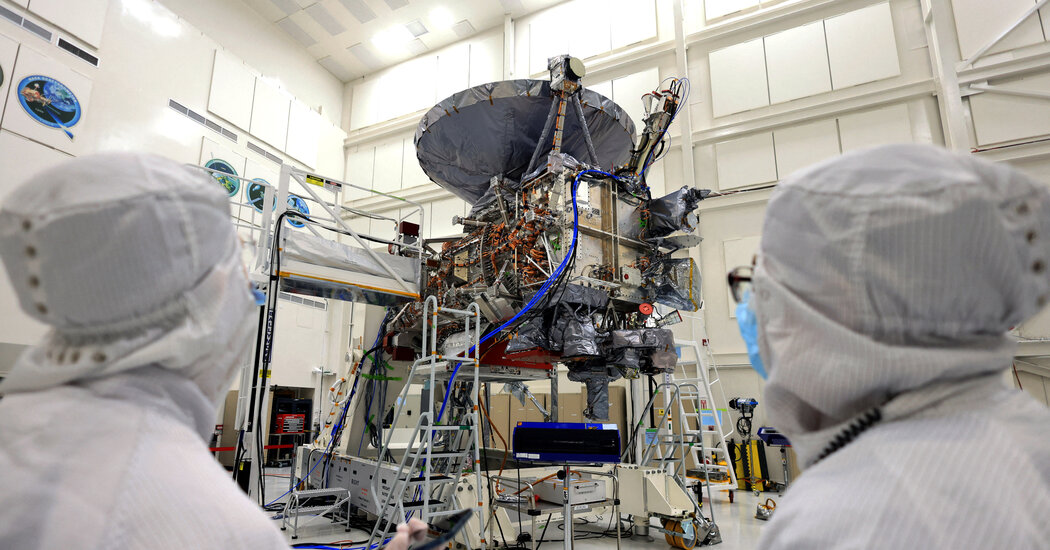Weeks before Europa Clipper was to be shipped for launch, scientists discovered a potentially fatal flaw that might endanger the spacecraft’s ability to study an ocean moon of Jupiter.
People at NASA headquarters take deep breaths when the words “First Story” appear in their email. Late this spring, Curt Niebur, the lead scientist for flight programs, received such a message.
“You open that email right away,” Dr. Niebur said. “You read it, and then you reply, ‘Thank you for sharing,’ and then you bury your face in a pillow and you howl in terror.”
The matter prompting Dr. Niebur’s apprehension involved Europa Clipper, one of NASA’s most scientifically important missions. The agency’s science division created the “First Story” process to encourage science project staff members to communicate potentially bad news without fear of overreaction by leadership.
This news seemed exceptionally bad. If what Dr. Niebur was reading was true, Europa Clipper was cooked.
NASA had spent more than $5 billion on the planetary probe. It is the largest ever built — as big as a basketball court with its solar arrays extended. The mission’s job is to help scientists on Earth determine the potential habitability of Europa, the moon of Jupiter that is wrapped in a thick shell of ice, beneath which a warm ocean flows with twice as much saltwater as on Earth. Scientists believe it has all the chemical ingredients for alien life to have emerged.
In late May, Europa Clipper was set to be shipped to Florida to prepare for its October flight opportunity. If it missed its launch window, scientists would face a long wait for another shot — if the problem could even be solved.
